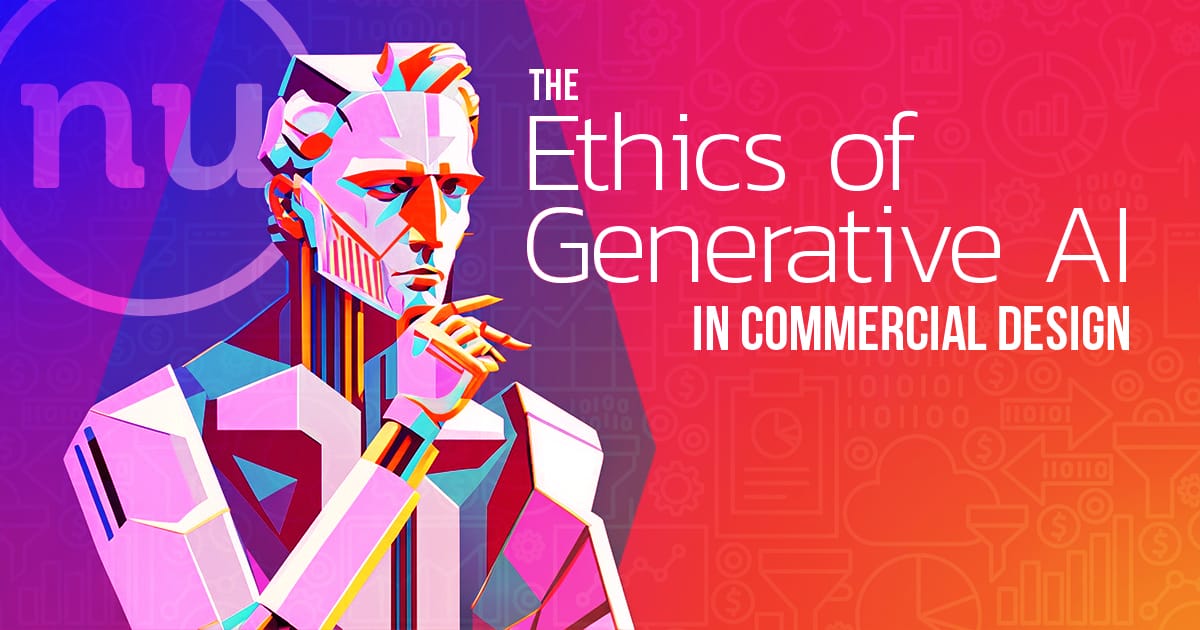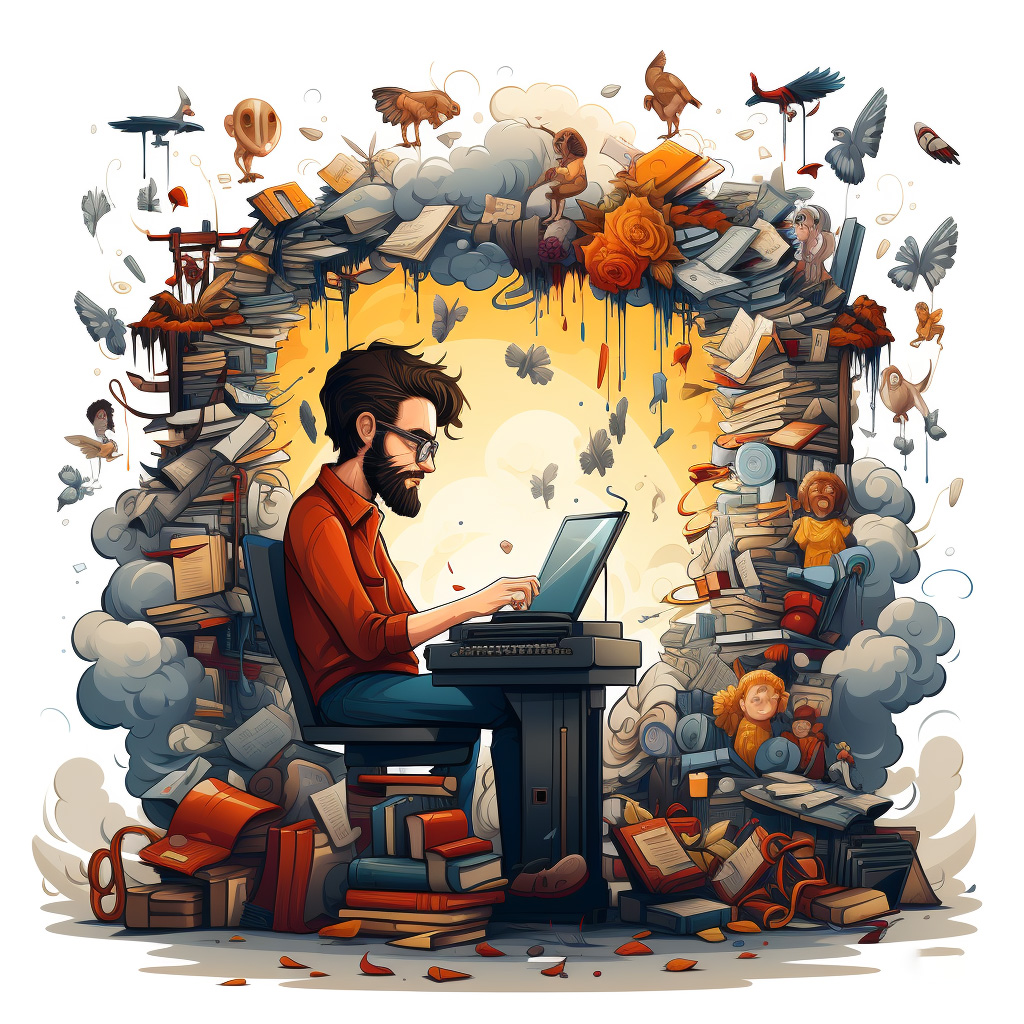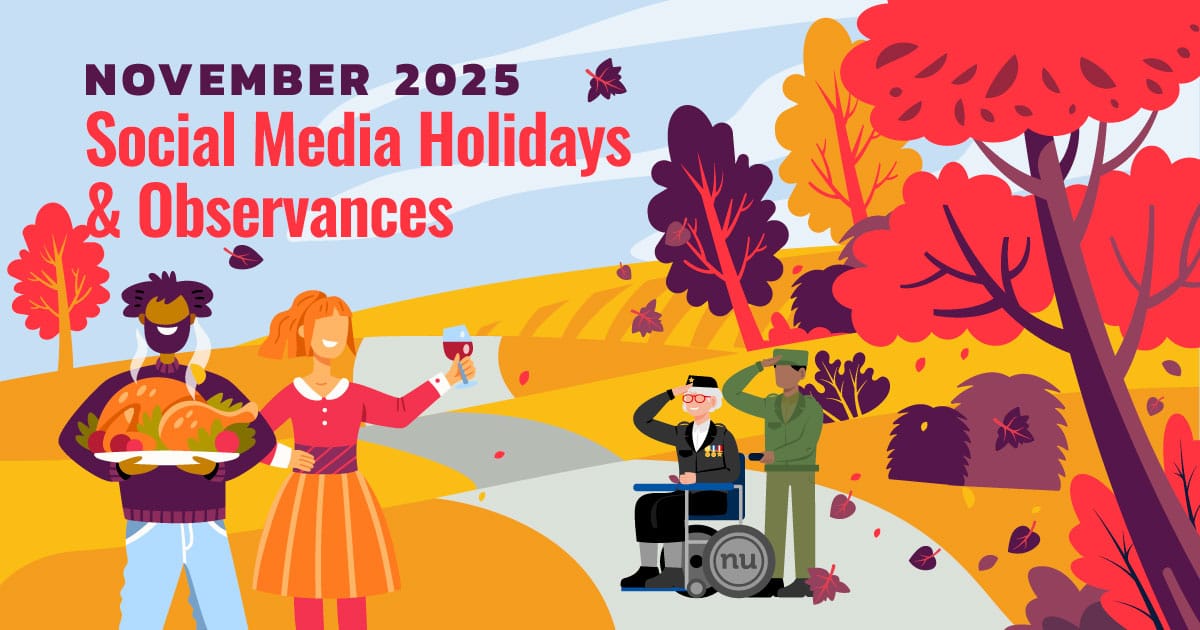
Generative AI has already transformed our world in what feels like the blink of an eye. From the simple ability to add margin to the edge of a photograph to drafting an entire college term paper, most of us are clamoring to keep up against the blinding pace of advancement. Though the results of what this new technological frontier will produce are only just coming to fruition, we are now faced with new ethical conundrums that many industries are struggling with for the first time. Whether it be writers’ and actors’ unions trying to protect their professions from automation or journalists having to wade through a sea of deep fakes, it seems like every industry has its own unique obstacles with generative AI. But I am merely one designer, at one marketing agency, floating in a vast sea of companies and industries, so I will fix my attention on a single question: “Should you hire an agency that is already working with generative AI?” While I believe the short answer is “yes,” I’d encourage you to read on as we explore the ethics of generative AI in commercial design and how it may shape our attitudes and creative efforts in this new era.
*Note: All of the imagery in this article was produced in collaboration with Midjourney AI.
What are the Benefits of Generative AI in Commercial Design?
Though it would probably be easier to simply ask ChatGPT to write a bulleted list, the advantage of hiring an agency who has experience in generative AI is pretty simple. These tools have sped up our productivity overnight. Historically, what might’ve taken a creative team hours, days, or even weeks to accomplish now takes mere moments. There is still a role for copywriters and illustrators in the agency model, but we are able to avoid bottlenecks better than ever before. As anyone who has ever had to budget the cost of a marketing team knows, our time makes up a healthy portion of our product and if we can save ourselves any amount of time, we are able to happily pass that savings along to our clients. In short, generative AI is a cost-savings tool on a scale only previously imagined in science fiction and if your current agency isn’t utilizing it, they are likely working harder, not smarter.
Are We Artists or Engineers?
Fundamental to the discussion is an evaluation of the parties involved in generative imagery. In its most basic form, there is a human and a generative platform (like Midjourney or Adobe Firefly). Because the human is not the actual producer of the content, we cannot truly call them an “artist.” Similarly, we cannot give full artistic credit to the platforms either as they lack the true “intelligence” with which they are so often and erroneously credited. Instead, we may call our human content creator an “engineer” (or “prompt engineer” if you’re writing a job description). The distinction is small but critically important.
To provide a real-world example, I am by any measure an artist. I have spent my life creating art across a variety of disciplines and in most cases, from nothing. However, when I generate content through AI, I let go of the literal and figurative paintbrush. I begin a collaborative process with a tool that has been trained on a data set so mind-bendingly large that it makes the storage capacity of the human mind look microscopic by comparison. It is through what we call prompt crafting that this collaboration begins to take shape.

This observation is important, not only for purposes of attribution but because I have not, strictly speaking, created anything at all. I have asked a platform–to which we pay a commercial license–to create something on our behalf. For most advertising and marketing purposes, this is a sufficient threshold of propriety. But as we dive deeper into what these generative platforms are capable of, we must examine how these incredible engines are powered.
Though we always reserve the right to change our position on any quickly developing subject, we consider ourselves AI optimists at Nuera. We feel strongly that there is a broad line between streamlining creative tasks and rendering entire professions obsolete. That said, there is plenty of legitimate controversy surrounding copyright and how these AI models are trained. Most of these platforms are still closely guarding the curricula which they have taught their models, but it doesn’t take a detective to discern that they have each digested a large percentage of the world’s published media. Everything from Disney movies to the French impressionists have made their way into these data sets and on its face, this seems problematic. However, I’d like to apply some gentle pushback to this concern by pointing the spotlight back to the greatest offender in the history of digesting intellectual property: the human brain.
The Fuzzy Line Between Influence & Theft
Remarkable in their own processing power, our brains are fast, hardworking, and innovative plagiarism machines. We are capable of taking in incredible quantities of ideas and spitting them back out in new, reimagined forms. Just because I didn’t create Mickey Mouse or The Macarena, doesn’t allow me to completely ignore or exclude the influence of these unlicensed ideas in my own creative process. Once our brains digest a piece of media, it becomes entangled into a massive organic data model. If we compare our relative inability to ignore the sum of our influences, the only real difference between the ideas generated by humans and the ideas generated by AI is one of efficiency.
When I was a jazz major at the University of North Florida, one of my professors had a story he liked to tell about the illusion of originality. In the story, a famous jazz musician had been contracted to conduct a masterclass for the students. On his arrival, he announces to the room that he doesn’t want any of the students “stealing his licks.” With a big smile, the band director assures him “Oh, of course, no one here would ever dream of stealing anything from you! We would just ask that you reciprocate that courtesy by not playing anything you ever learned from anyone else.” The story always got a good chuckle in class, but it underscores a fundamental truth about originality: vanishingly few ideas are actually new or proprietary.
The line between fair use and theft has always been fuzzy. However, the general approach to content creation has always been to allow your influences room to express themselves without leaning on any one idea so heavily that it becomes a derivative clone. This is a subjective process but one with which every content creator on the planet should already be familiar. I see no reason why we would hold the systems of an artificial intelligence to a different standard of fair use than we already do for human creators. In short, we should be diligent about pushing our creative processes to new heights, with the understanding that we will never get there without standing on the shoulders of those who came before us.
The Problem of Bias
One of the more pointed issues that was detected almost immediately with generative AI in commercial design was one of bias. If you simply ask any of these models to “generate a doctor,” you’re more than likely going to receive an image of a Caucasian man. Similarly, if you ask a model to “generate an image of a social worker,” it will almost always generate a black woman. Without getting too deep into the weeds of a separate subject, representation matters. Historically, the marketing industry was an early adopter of the idea of inclusion and my generation has been actively fighting against unintended bias for as long as I can remember. The concept that “everyone belongs” should not be a controversial one, at least in this agency’s opinion.

This image took much longer to create than it should have.
However, AI models have been trained on imagery from our world, which is chock full of antiquated representation and flawed biases. From the outside, it would seem an easy enough facet to correct for within the models themselves, but it has actually become more pronounced in most models, not less. It is a powerful reminder that these “intelligences” are nothing more than a reflection of their creators’ own biases. As AI optimists, we hope that these platforms can develop methods of meaningfully improving the native inclusivity of their models. But in the meantime, we are committed to manually and thoughtfully creating AI prompts that dismantle unintentional biases for our agency, our clients, and our world.
The Future of AI in Commercial Design
For better or for worse, the AI genie is out of the bottle and as early adopters, our clients are already experiencing the benefits. Regulation of these technologies is no doubt coming, but will be overdue by the time it arrives and I see very little chance that regulators will ever be able to keep up with the breakneck speed of progress in this space. In the meantime, I believe we do not have to sit on our hands waiting for incomplete and unenforceable regulations to be handed down. At Nuera, we hold ourselves accountable to design, educate, and uphold meaningful ethical standards to avoid theft, preserve the jobs of human beings, and combat unintended bias. The future of generative AI in commercial design represents a big, bright horizon — just don’t let yourself get blinded by the possibilities.

